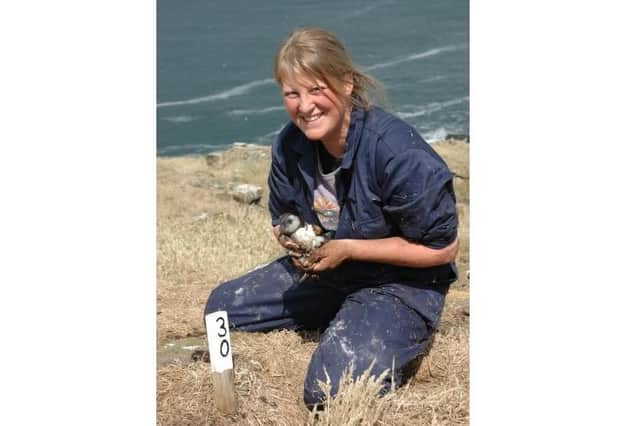Tackling climate change and biodiversity loss in Scotland


This one clean, green development would deliver up to 4.1GW of installed capacity, once operational. To put its scale into context, this would be enough to power six million homes with renewable energy - equivalent to supplying all of Scotland’s households twice over. Meanwhile, analysis has found that it would unlock more than 4,500 new Scottish jobs and secure up to £8.3bn for the UK economy. As offshore wind is more cost effective than many other technologies, SSE Renewables says a project like Berwick Bank will ultimately lead to lower energy bills for consumers.
And, according to SSE Renewables, its commitment to sustainable energy generation goes above and beyond meeting net zero targets. It also places an emphasis on protecting the natural surroundings of any project, including the local seabird populations around Berwick Bank Offshore Wind Farm.
SSE Renewables points to the results of the most recent national seabird census which revealed that almost half of seabirds breeding in the UK have declined over the last 20 years. This is a reminder of the need to take measures to protect such globally important species.
SSE’s Ecology Manager, Emily Nelson, says: “Berwick Bank will be situated 30km off the coast of East Lothian. Seabirds breeding along this coastline are capable of travelling the same distance offshore to feed, so it is vital we ensure the project has minimal impact on these birds when they are at sea.”
Emily is part of SSE’s sustainability team and she specialises in ornithology - the study of birds. Berwick Bank is required by law to assess the potential effects of the project on wildlife. She helps examine the possible impacts of the project on seabirds, and works with the wider SSE team to minimise and mitigate any risks.
“To do this, we work with key stakeholders and follow best practice guidance informed by emerging evidence, including from monitoring at our operational sites such as Beatrice Offshore Windfarm,” explains Emily. “Research has shown that increasing the gap between the sea and the blades at their lowest height can reduce potential collisions. Therefore, in 2021, Berwick Bank took the decision to raise the height of the wind turbine blades from 22 metres to 37 metres, significantly reducing predicted impacts. The following year, the overall area of the project was reduced by around 20%, in addition to a previous reduction of 10% in 2021, to minimise the footprint of the project on important feeding habitat for seabirds.”
SSE Renewables is seeking to work alongside the UK and Scottish Governments, and other stakeholders, to restore the health of the North Sea’s marine ecoystem. This includes the delivery of a suite of measures designed to enhance seabird populations.
Once consent is granted, Berwick Bank plans to adopt cutting-edge research and technology to monitor how seabirds respond to both the project and to enhancement measures. This builds on SSE Renewables’ existing collaborations with other offshore wind developers across the Forth and Tay region. The ambition is that this work will contribute vital evidence to help establish Berwick Bank as a model for future offshore wind farms.
Emily adds: “We want to ensure that all local stakeholders are involved, and for the public to understand that wildlife preservation is one of SSE Renewables' key commitments for all our projects including Berwick Bank.”
She concludes: “Climate change has significantly impacted our seabird populations, and this is only set to continue. The project has a crucial role to play in helping to address the twin crises of climate change and biodiversity loss, while ensuring the Scottish Government’s targets of net zero will be met.”